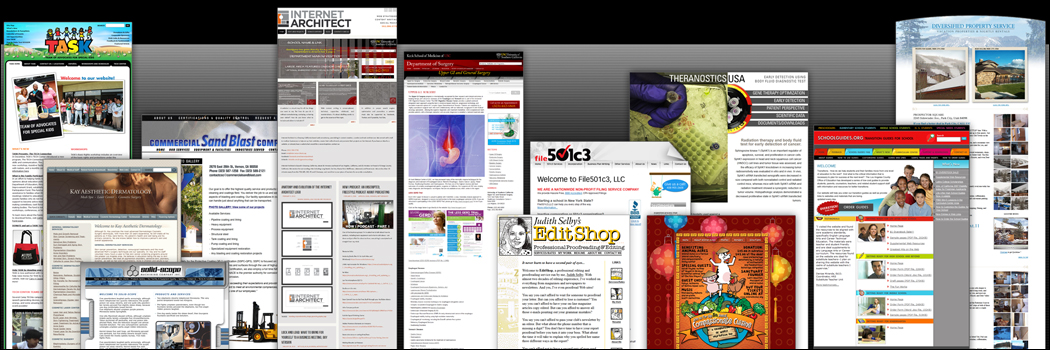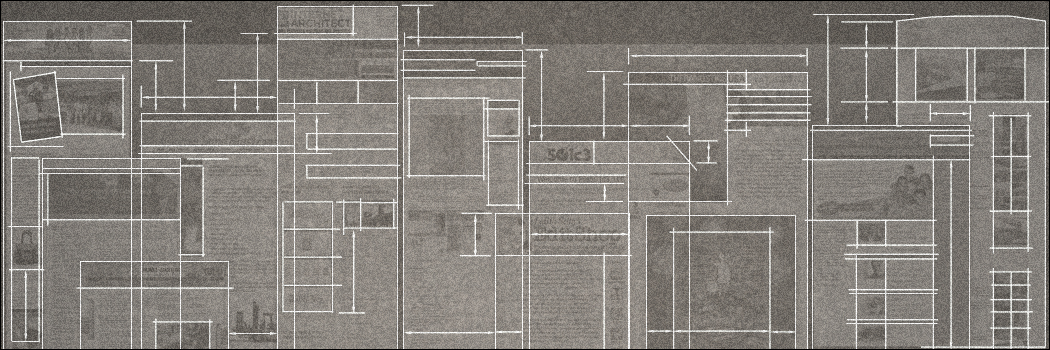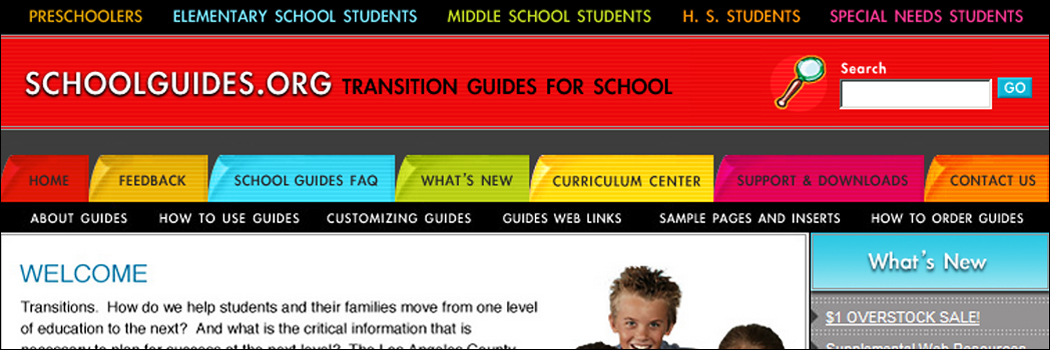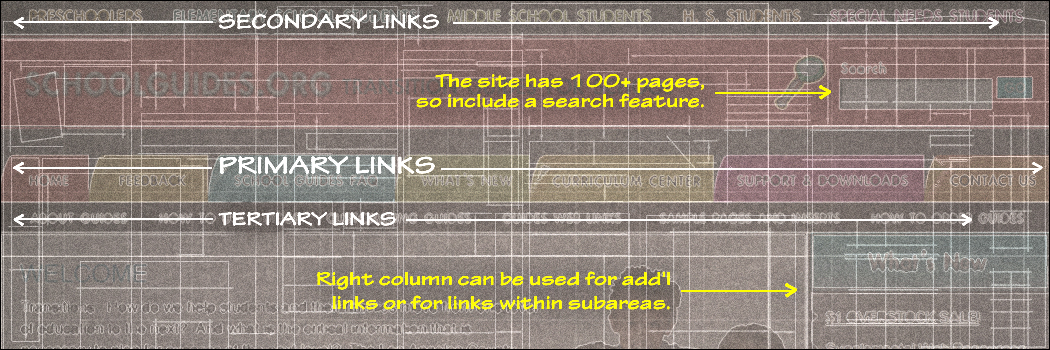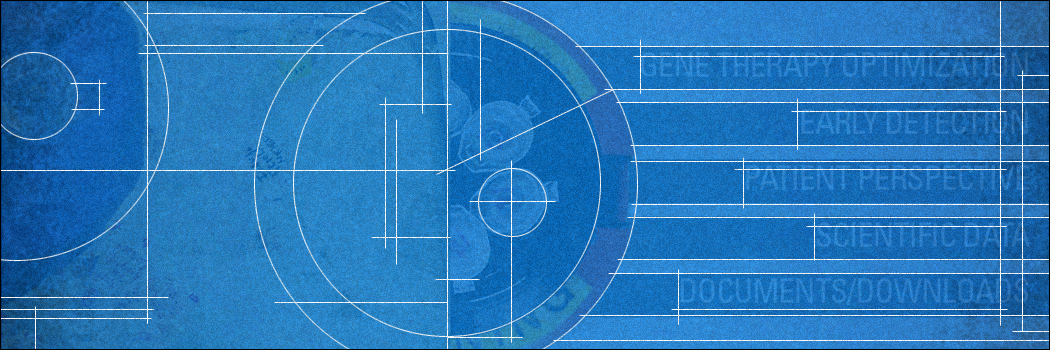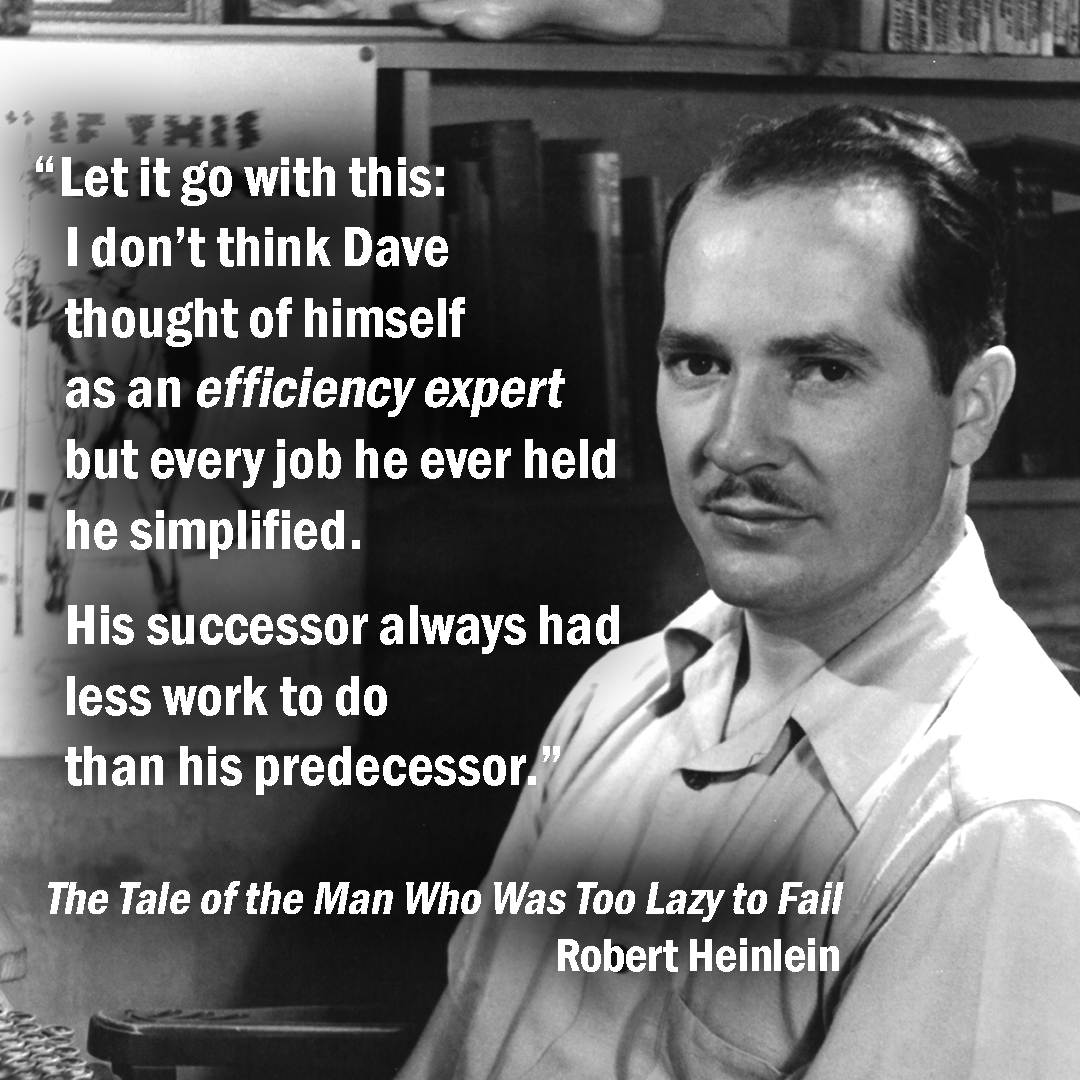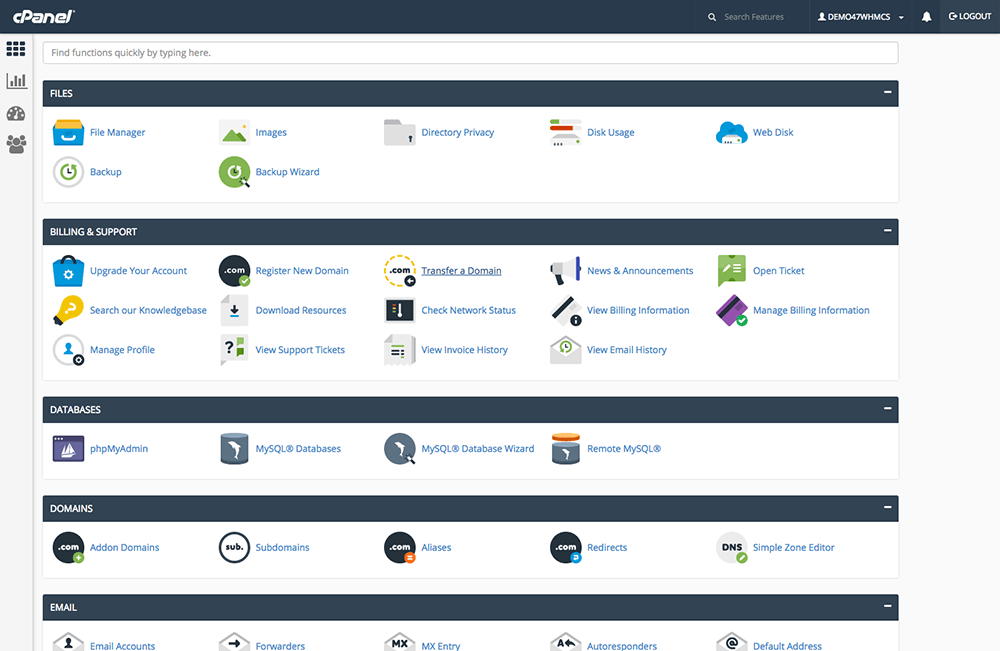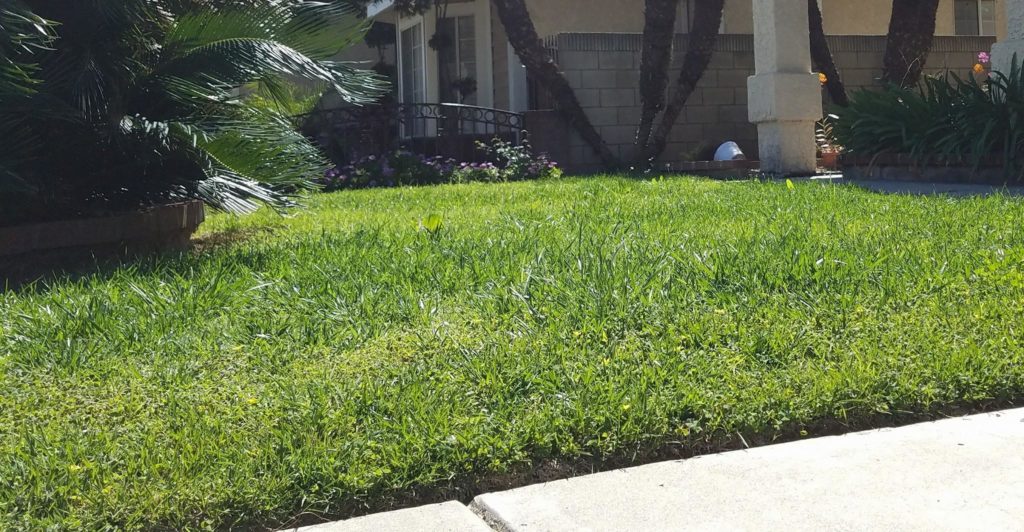
This is a picture of our lawn after not being mowed and edged for a little over a week, because the gardener couldn’t come over on Wednesday because it rained. I saw the lawn when I bent over to pick up the community newspaper, and noticed how quickly the grass had grown and become unruly.
If I hadn’t seen it at that moment and instead looked at it next Thursday, I would have assumed that the lawn had never changed, simply because I wasn’t paying attention.
It’s the same for a business. Things that we take for granted as being automatic still need attention, especially during rare moments, like rain in Los Angeles. Tasks that we begin, we don’t continue, in lieu of other, “more important” tasks.
We tend to start blogs and after a few weeks or months, simply stop writing them anymore. We forget to update our portfolio after a project finishes. We develop momentum with Facebook and LinkedIn, but forget that we also have to continue to create content for Instagram, Twitter, Behance and Alignable.
Having said all that, I’m going to offer some quick tips and shortcuts on how you can keep your content fresh, sort of like taking 10 minutes to run the weed wacker on your lawn or pruning some stray branches.
- Create a 1080 x 1080 pixel square in Photoshop and fill that square with an image from your latest project, then save it as a jpg file. If you don’t have Photoshop, take a picture of your latest project, then square it up on your phone. Then post that picture to your accounts on Instagram, Facebook, Behance, LinkedIn, and so on.
- When you finish a project and if your client is on LinkedIn, ask them to write a quick recommendation for you. If you have a Yelp page, same thing. It’s amazing how many people (including me) should have a lot more testimonials on their website and social accounts if we only remembered to do this.
- If your client doesn’t have time to write but can say nice things about you on the phone, write it down and then ask your client permission for you to post it as a quick testimonial on your website, either as a pull quote or added to your testimonials page.
- Do a Facebook live session talking about your newly-completed project, then save that as a video file, upload it to YouTube, and embed the YouTube video on your own website, as well as all your social network accounts.
- If you have a WordPress site, install social feed plugins on your site. Whenever you update one of your social media accounts, your website gets updated also. https://wordpress.org/plugins/tags/social-media-feed/
- Instead of rewriting your bio on different social media accounts, create a MASTER BIOGRAPHY FILE of yourself, and write everything you can think of to describe yourself. From that master file, you can now copy and paste snippets to fill your bio descriptions on your different social accounts, deleting copy to fit within the character limitations of each account.
- While you’re at it, compile different photos of yourself, your company’s logo and banner, and keep all of them in one, quickly accessible folder in your computer.
Since I got serious about tending to my social media accounts, I’ve actually created a SOCIAL NETWORK folder, and within it folders for Facebook, LinkedIn, Instagram, etc., and a folder for miscellaneous memes that I may want to sprinkle in just for fun.
Most of these tasks don’t take that much time, and you’ll be able to repurpose the content multiple times. The trick is to have some kind of plan, have a little bit of time for seeding, a little bit of time for pruning, and a proper tool belt for your gardening gear.





